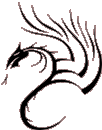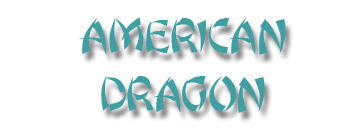 |
 |
 |
 |
"Zang Fu Syndromes:
Differential Diagnosis and Treatment"
Harley P. Gale
Published in the Pacific Journal of Oriental Medicine, 1999
"At last the long awaited publication of a comprehensive clinical reference on the differential diagnosis of Zang Fu syndromes and their treatment, with herbs and acupuncture, by John McDonald and Joel Penner.
This book follows on from Jeremy Ross's 1984 publication: Zang Fu-the Organ Systems of Traditional Chinese Medicine (Churchill Livingstone). The scope of Zang Fu Syndromes: Differential Diagnosis and Treatment is, however, much broader with a clearer, more clinically accessible, organization of information and treatment options, including Chinese herbal medicine.
The syndromes are presented according to the five elements and at the beginning of each element clear Xu-Shi, hot-cold diagrams differentiate the syndromes of each Zang and Fu.
Within the syndromes, the etiology includes predisposing and precipitating factors followed by a clear list of clinical manifestations including tongue and pulse. A welcome addition is the inclusion of complications, which describes syndromes leading to and/or developing from the syndrome in question. Western conditions associated with the syndromes are listed.
I was particularly impressed with the differential diagnosis section of each syndrome, where each is clearly differentiated by basic diagnosis according to the eight principles and six impediments, from other similar syndromes.
Treatment options include acupuncture, with the functions of recommended points and common herbal formulae, cross referenced by page number, to an extensive section on herbal formulae at the conclusion of the section on syndrome differentiation.
Clear flow charts summarize the etiology, progression and complications involved for each Zang and Fu, and at the conclusion of the section on individual Zang and Fu, eleven complex syndromes, involving two Zang are described.
The index, at 241 pages, is a book in its own right. Herbal formulae are indexed according to pin yin and English names and individual herbs according to Latin and pin yin names.
Comprehensive indexes for points, tongue, pulse and symptoms are provided.
Miki Shima commented that one does not need another book or dictionary to make this book usable. I think this fairly sums up my opinion. I know that practitioners and students will find it an invaluable clinical reference.
As Chris Zaslawski states, in his review of The Handbook of Internal Medicine, it is truly a sign of maturation of our profession when Australian authors, like John McDonald (assisted by Joel Penner), publish landmark works in the field of traditional Chinese medicine."
==== Back To Reviews Index ====